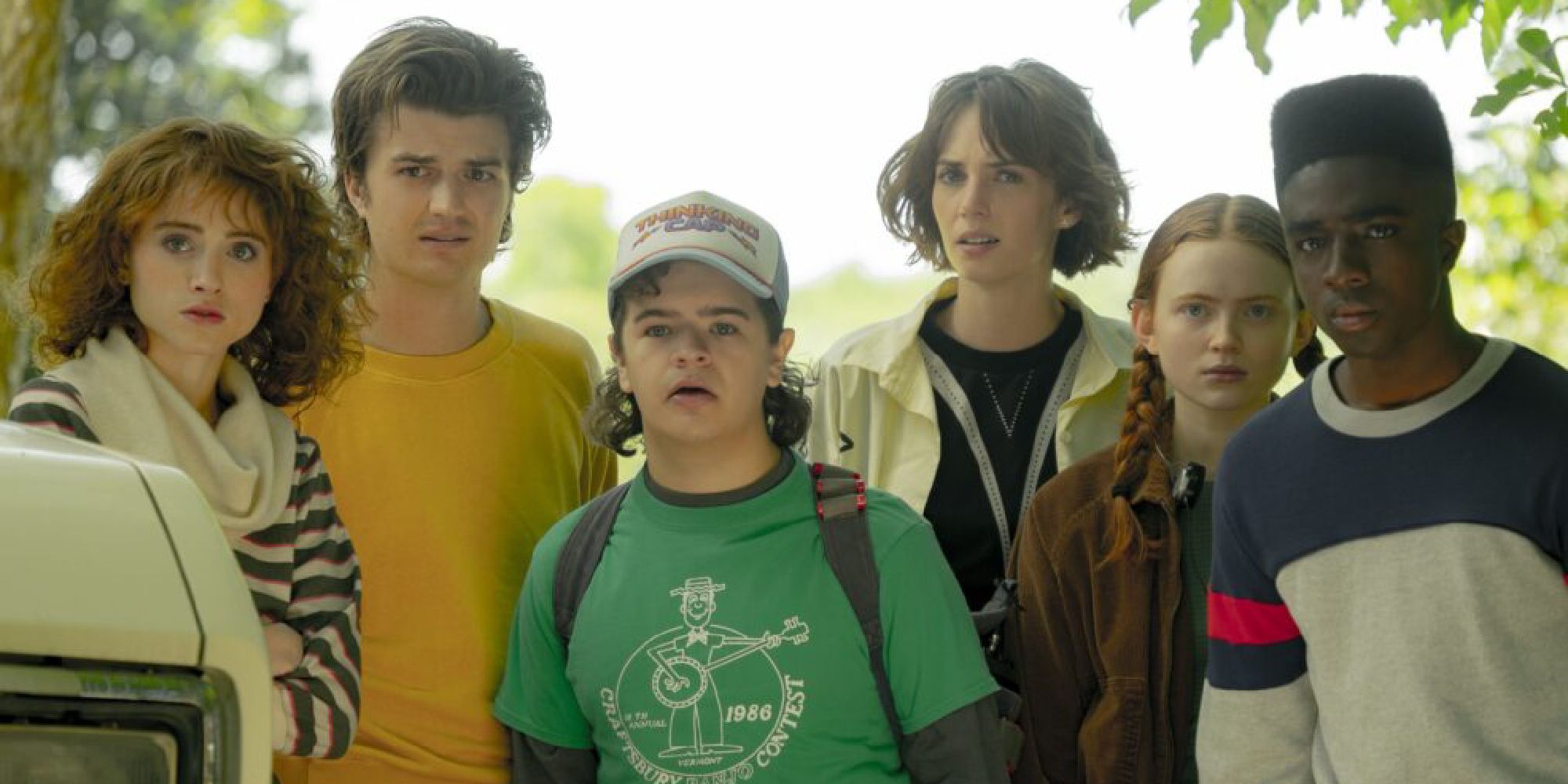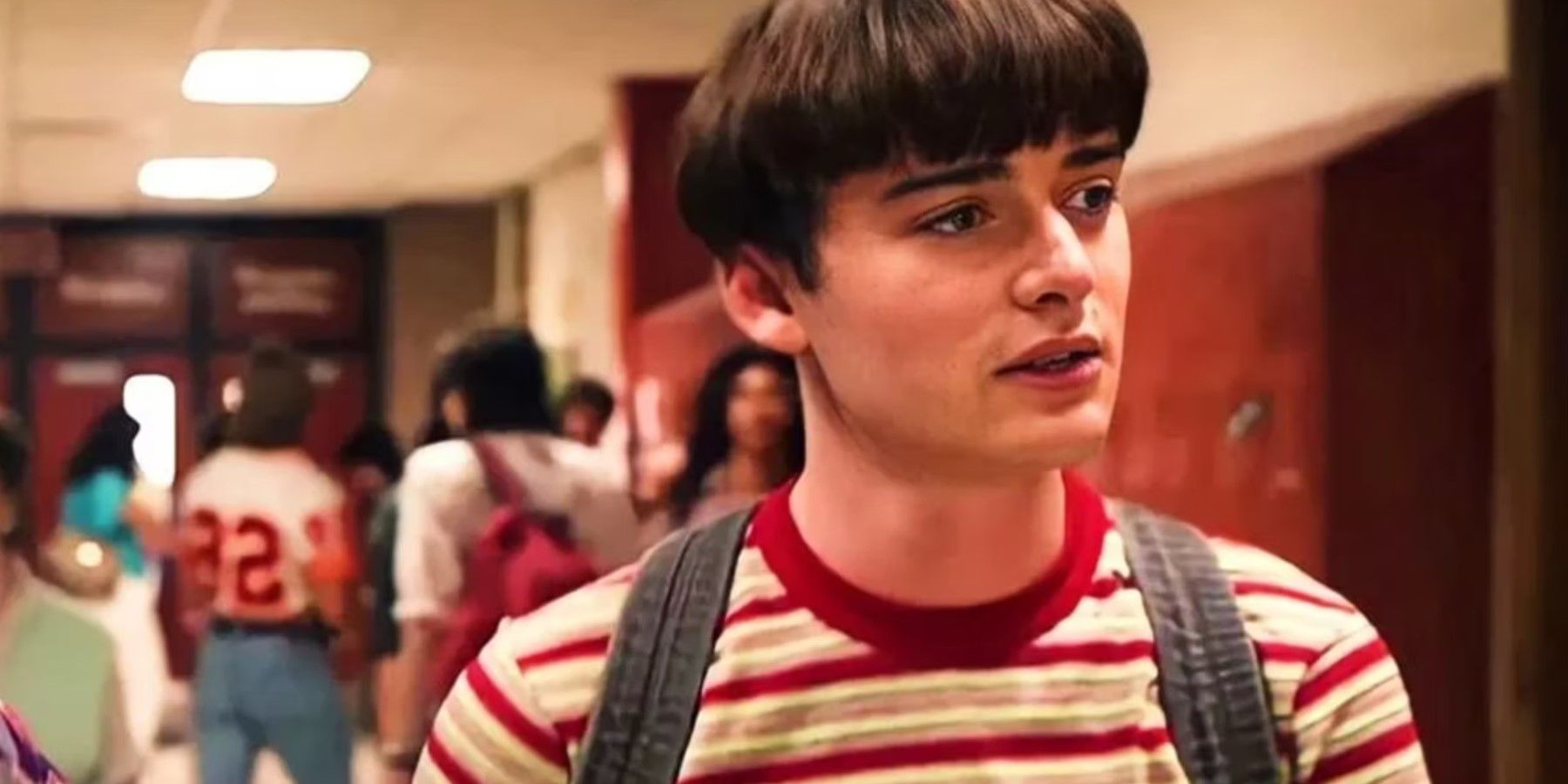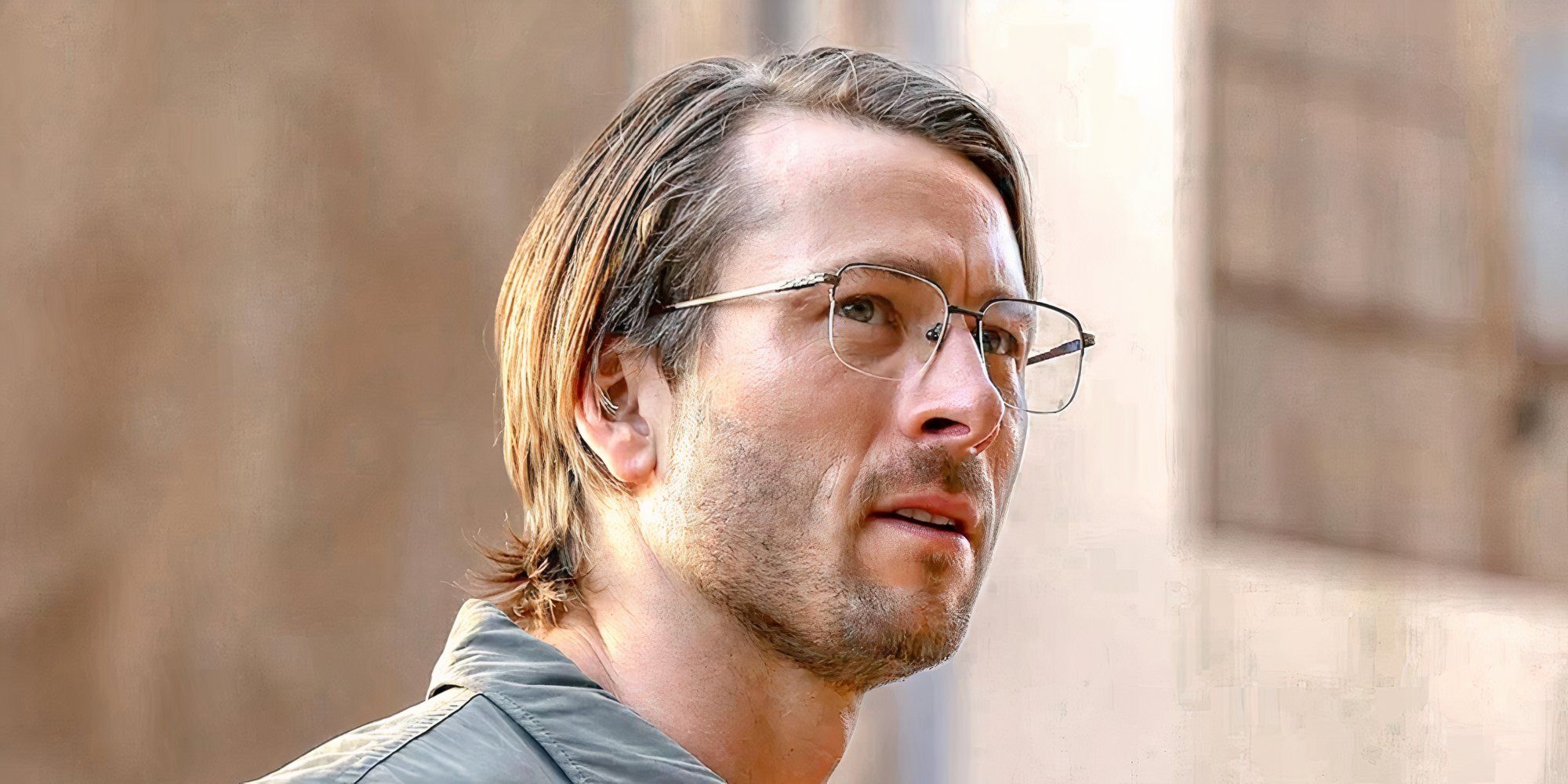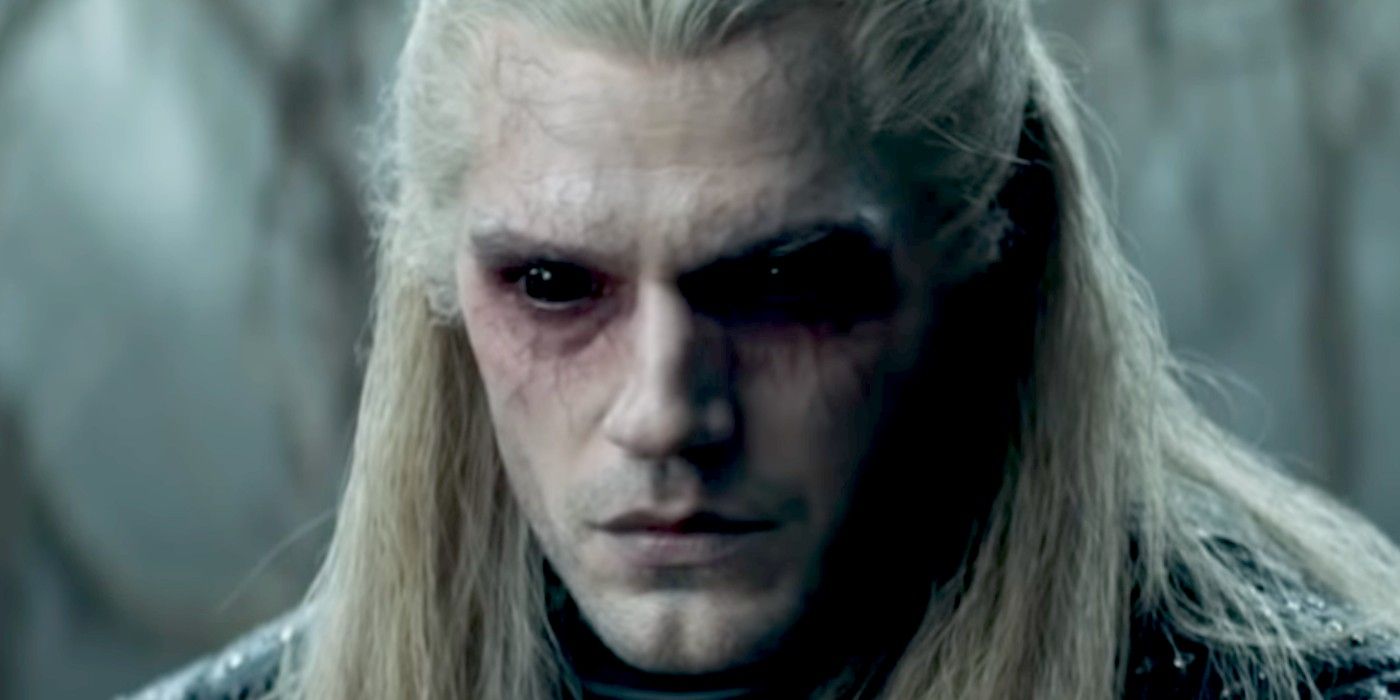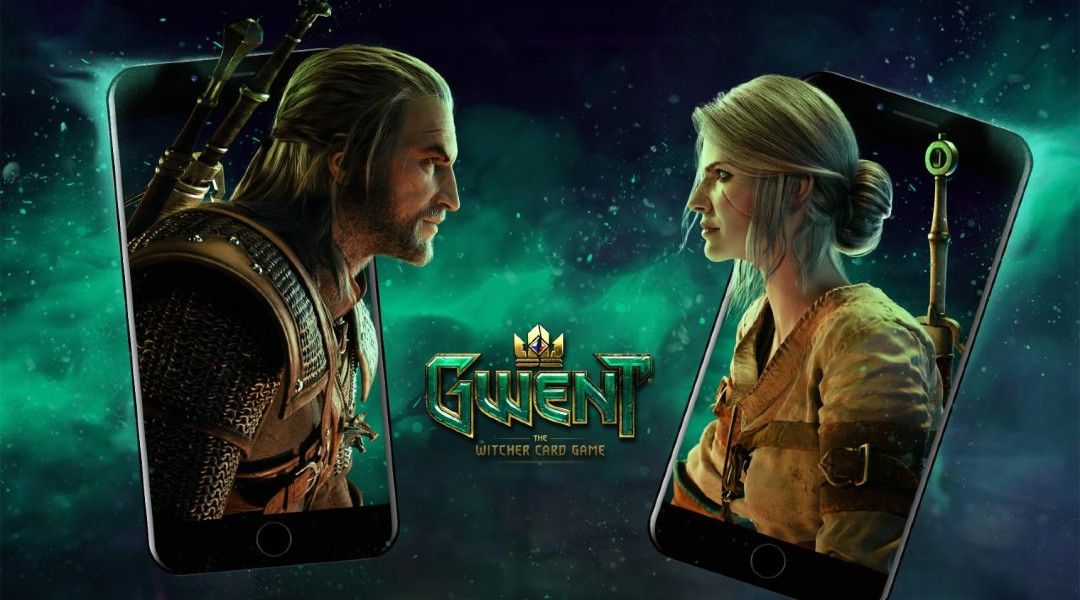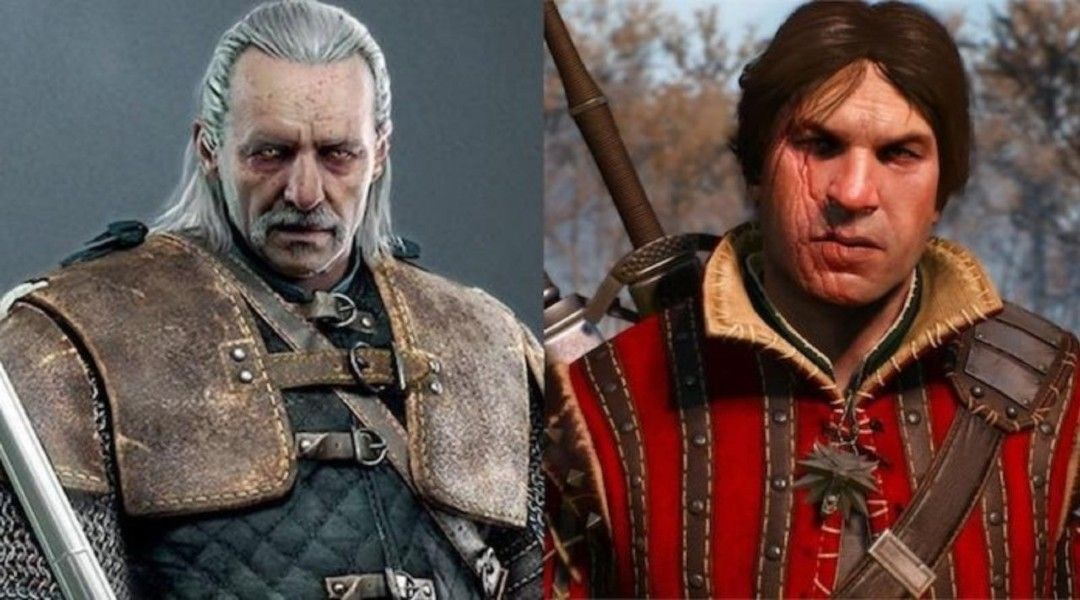When Netflix’s The Witcher premiered on the streaming platform, fans were quick to point out the abundance of similarities between the show and the hit video game series of the same name from developer CD Projekt Red. Though not based off of each other, the show and the games reinterpret the same novel series by Andrzej Sapkowski.
Having the same root certainly brings similarities but the nature of the different mediums, TV and gaming, innately produces differences in the end product (let alone the fact that the Netflix show was never intended to be connected to the games in the first place). This is true of any adaption, particularly adaptations of novels.
For The Witcher, the show’s differences from the game series are what make it stand out and some differences are more obvious than others. Note: This article contains spoilers for The Witcher Netflix show and CD Projekt Red games.
Dandelion’s Name Change
In The Witcher games, but particularly The Witcher 3, Dandelion is one of the most recognizable characters in the series. Being a bard, he constantly sings loudly and proudly while wearing his most flamboyant purple attire. He always has a lute in hand and a melody at the ready to serenade the masses, or just annoy Geralt. Though there are a couple of notable differences between his TV and video game appearances, the first noticeable difference is in his name.
Dandelion’s name was replaced with Jaskier, as chosen by the makers of the Netflix show. As they previously described in interviews, the creators of the show decided to swap out Dandelion’s name for his original name in the Sapkowski novels - Jaskier.
In the show, his character is largely the same and is instantly recognizable even though the color of his clothes in the Netflix show are slightly more muted than his clothes in the games. The main reason he is recognizable is because of his various interactions with Geralt. A person who has played The Witcher games can walk into a room with the show playing and recognize who Jaskier is.
A Diverse Cast
One notable complaint that came about from The Witcher game series was its wide lack of non-white character representation. This complaint was given more of a voice after the launch of The Witcher 3, which is comprised of almost exclusively white characters in key roles and beyond. Geralt, Ciri, Vesemir, Yennefer, Triss, and every other major character range from pale to slightly tanned in complexion.
Though not a major complaint, the issue was still addressed with the casting of a diverse set of actors for Netflix’s The Witcher. Fringilla, the mage that aligns herself with the invading Nilfgaard army and is one of the most significant characters in the show, is played by afro-British actress Mimi Ndiweni. Dara, the elf boy that helps Ciri, is played by Wilson Radjou-Pujalte and Yennefer is played British-Indian actress Anya Chalotra. The simple addition of talented actors from such diverse backgrounds makes The Witcher show feel less exclusionary.
There Is No Gwent
In The Witcher 3, one of Geralt’s favorite hobbies is also the most popular card game in all of Temeria - Gwent, a game where the characters and lore of The Witcher are represented via cards that are used to simulate a battlefield.
The player can win cards to add to their deck by having Geralt beat as many people as he can across the continent. Even though it is an optional mini-game that can be entirely ignored if the player so chooses, Gwent has still managed to strike a chord with fans to the tune of building a cult following around. The game was even popular enough to warrant standalone releases in digital storefronts.
Geralt’s favorite game does not make any appearances in the show. This could be attributed to a narrative reason; Gwent was not introduced until later in Geralt’s life. However, it is most likely absent due to it being a product of CD Projekt Red rather than one of the Sapkowski novels.
One Sword For Geralt
One subtle difference between the games and the show is in Geralt’s choice of equipment. In The Witcher games, inventory management is a big deal and it is natural for Geralt to carry around his steel and silver swords as the player wonders the world ready for any enemy. However, in the Netflix show, Geralt rarely busts out his silver sword, which he reserves for monster slaying.
Instead, Geralt relies mostly on his steel sword. This is because there are many scenes in the show where Geralt is indoors, such as in a palace or in a hut. He is also mainly talking to people and fights them as a last resort, meaning there is no urgent need for his silver sword in those moments. This differs from the games where the player is constantly outside and has to fend off beasts.
Cavill's Accent
Another subtle difference is in Henry Cavill’s portrayal of Geralt. Though he retains the same deep, scratchy, brooding voice that Geralt is known for in the games, Cavill’s British accent shines through every now and then on particular words like “near” and “can’t.”
Doug Cockle’s American accent clearly sounds different in those words, meaning that fans of the games will have to just slightly adapt to Cavill’s Britishness.
Triss Is Different
Dandelion was not the only one to significantly change in appearance from game to show. The first change fans will notice about Triss in the Netflix show is the color of her hair, which is now brown as opposed to her famous red. Of course, the description in the novels could lend her design to either interpretation. Besides that, Triss also differs in her relationship with Geralt.
In the games, she was always a major love interest of Geralt’s and the player could choose to be with her over Yennefer if they wanted. However, TV Triss is not really on that level with Geralt. Season two could change things up but as it stands, Triss is significantly different from show to video game.
Geralt Smiles A Little More
One small change of Geralt is the frequency of his smiles. He does in fact smile in the games but his brooding nature keeps it to a minimum just like in the show. However, in the show, Cavill has Geralt smiling in moments where he might not in the video game series.
During an argument about Yennefer’s choice to surrender the ability to give birth, Geralt smiles while questioning her motives as if to indicate he thinks it is a joke. It makes Geralt feel a little different and a little more alive.
Not Many Witchers
In the game series, there is plenty of information to be found on witchers. They come from various types of schools (wolf, cat, viper, etc.) and have different abilities. Though both stories state the number of witchers in the world are dwindling, the games still show a bunch of different witchers where the show does not. Geralt has witcher allies and adversaries in the games but the only other witcher in the Netflix show was the one hired to kill Foltest’s Striga.
Geralt Only Uses Two Signs
This is another major difference in Geralt’s portrayal. In the games, players are free to use all of Geralt’s signs, including aard to push enemies away or igni to set them ablaze, etc. However, the only two signs that are primarily featured in the show are aard and axii. Geralt uses axii once in the show and it is to try to sway Renfri from killing her hostage. He uses aard a good number of times, though, breaking through walls and pushing back enemies with it. There is always season two.
Roach Is Well Behaved
A somewhat hilarious difference between the Netflix show and The Witcher games lies with Geralt’s trusty steed, Roach. In The Witcher 3, Roach was a disaster. He was difficult to control and when whistled for, would appear anywhere but near Geralt as was intended. His glitchy behavior has made him spawn on houses, in the water, and even on top of enemies.
There was even a Gwent card dedicated to him which depicts him on a house, paying homage to his various bugs. However, the show portrays him as a simple horse with nothing to do but eat and ride Geralt around.
The Witcher is now available on Netflix.

